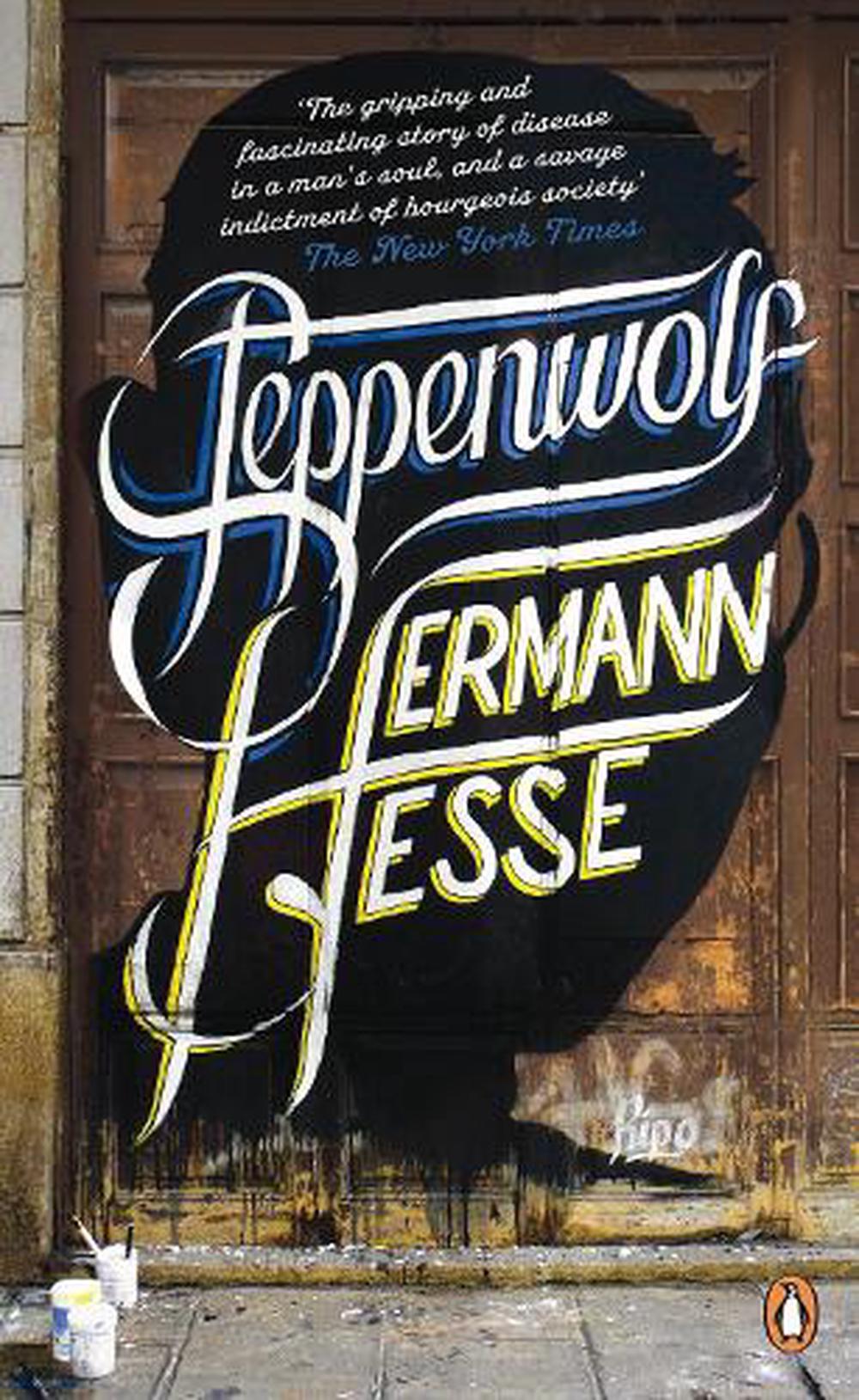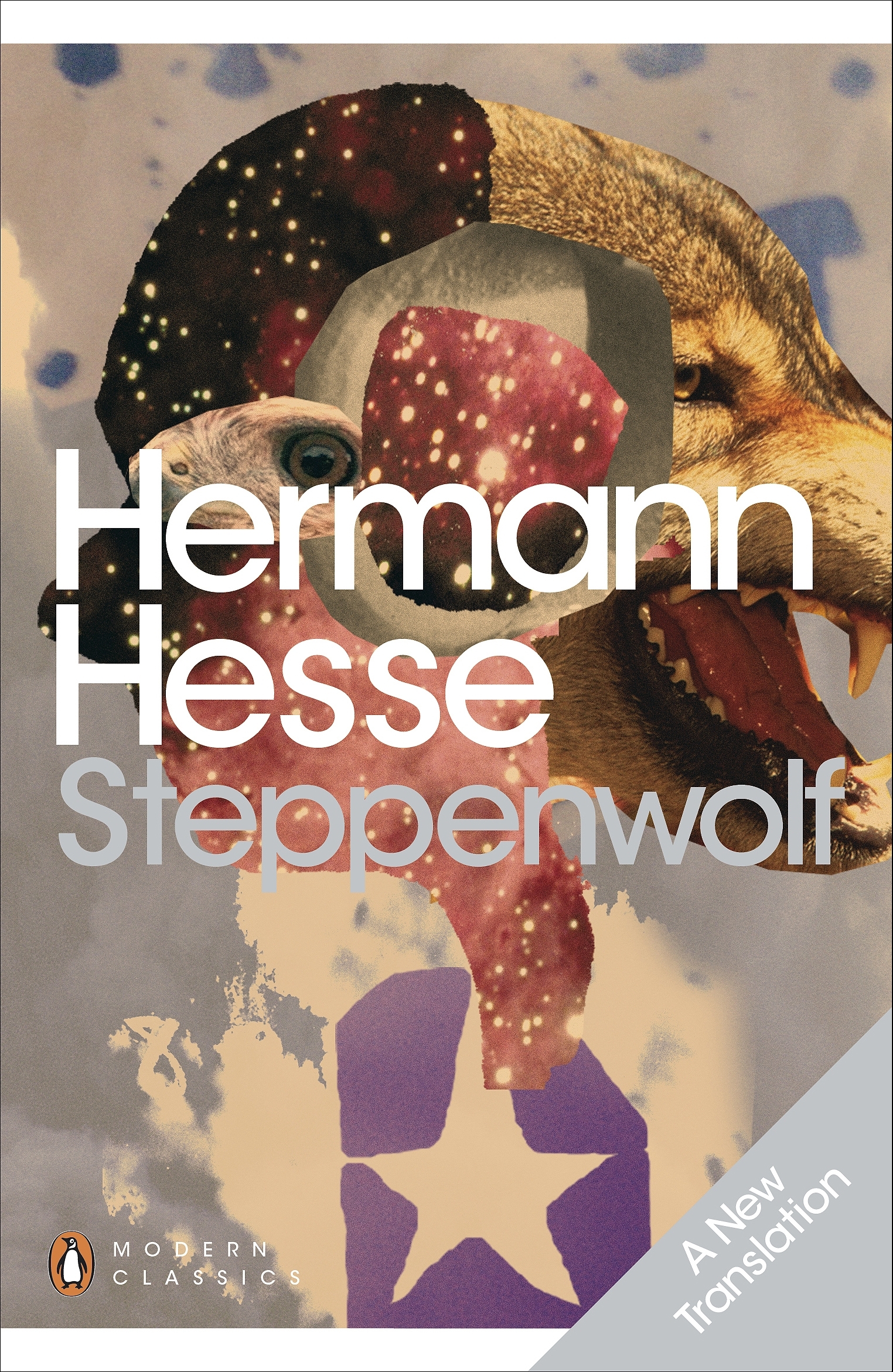

Through these pages Hesse evokes a character I have seen many times before across literature, but never before with such clarity. And, for me, this is what made the novel so great. However, such things can aptly be applied to a number of individuals across the ages. They are out of space and out of time: they are lost within themselves. Here they represent an entire disaffected generation, a generation who is on the cusp of radical change but still partly exists in the old world. It is magnificently vague and by turns sincerely hopeless and insincerely hopeful but eventually redeems itself by offering hope for the hopeless. Each time I indulge in a flight of introspection, much like Harry Haller, or so I would or wouldn't like to believe, I stumble upon a different and equally vague interpretation of the book. The influence of unfulfilled desires in the making of the personality and its inherent disorders and the possibility of conquering those to mould a 'new' self are also prominent themes which again run parallel to the Indian concept of rebirth. He talks about the multiplicity of the self and the infinite potential associated with it, how we often choose to attach fanciful restrictions to the limitless and that every man can have his place among the Immortals. The influence of Indian spirituality on this book is apparent, but Hesse chooses to dissect it using the prism of Western pessimism. The book didn't change my life and was not meant to, but it gave me hope and hope is always a good thing. I read this book on a twenty four hour train journey surrounded by the bourgeois.

The city of Karlsruhe, Germany, also associates a Hermann Hesse prize.

In 1964, people founded the Calwer Hermann-Hesse-Preis, awarded biennially, alternately to a German-language literary journal or to the translator of work of Hesse to a foreign language. Throughout Germany, people named many schools. Young Germans desiring a different and more "natural" way of life at the time of great economic and technological progress in the country, received enthusiastically Peter Camenzind, first great novel of Hesse. In his time, Hesse was a popular and influential author in the German-speaking world worldwide fame only came later. Other best-known works of this poet, novelist, and painter include The Glass Bead Game, which, also known as Magister Ludi, explore a search of an individual for spirituality outside society. Many works, including Siddhartha (1922) and Steppenwolf (1927), of German-born Swiss writer Hermann Hesse concern the struggle of the individual to find wholeness and meaning in life he won the Nobel Prize for literature in 1946.


 0 kommentar(er)
0 kommentar(er)
